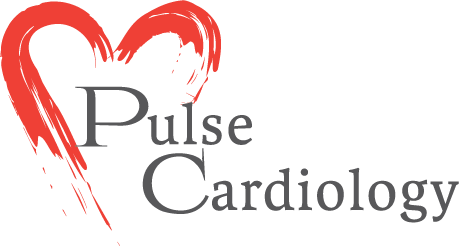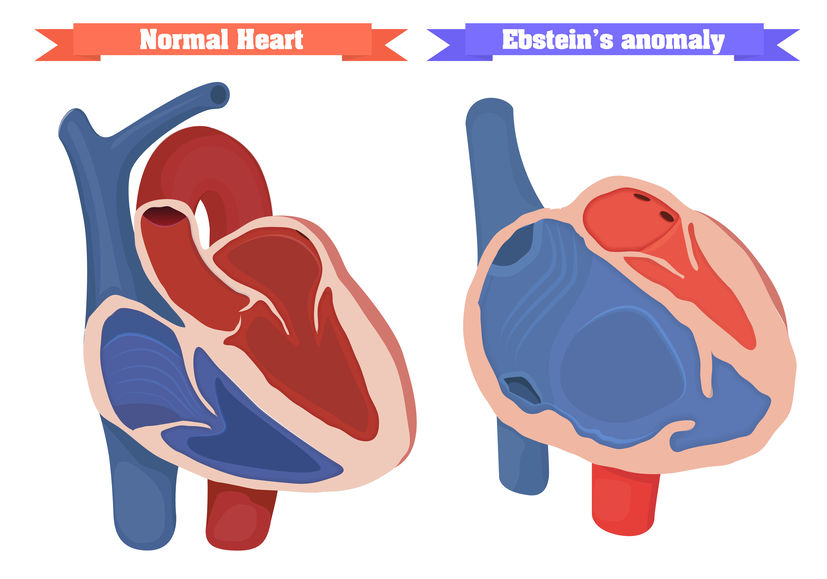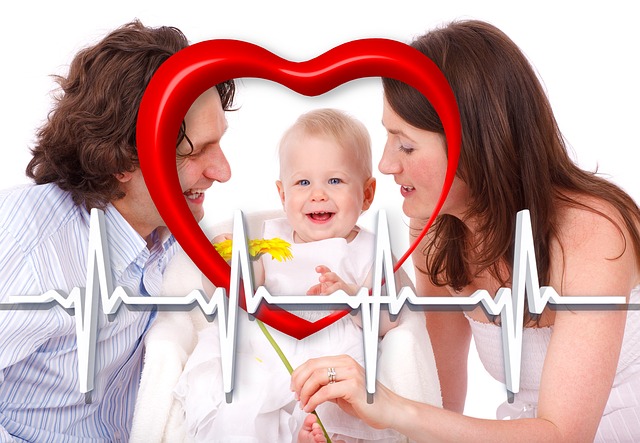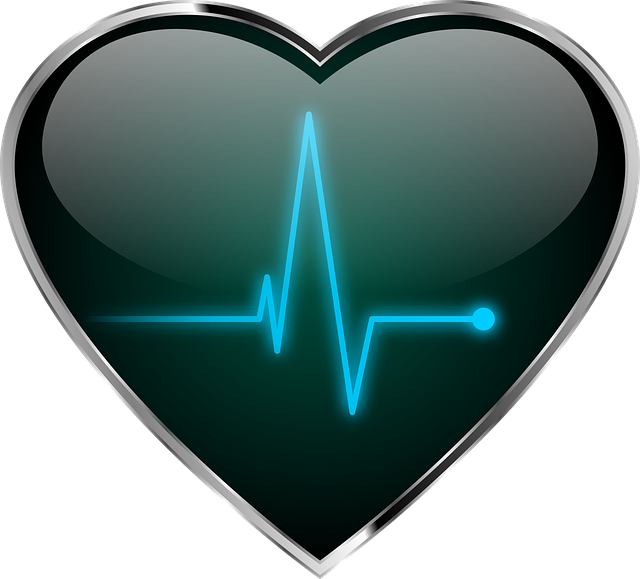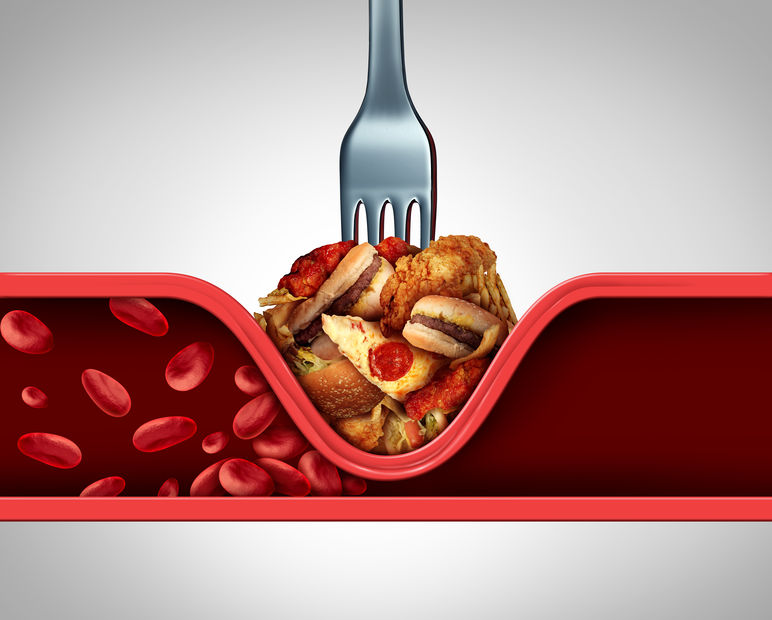Congenital Heart Disease in Babies
Congenital heart disease is a rare form of heart issues that can happen to a child. It happens because of birth defects and the structural problem of the heart in a baby. The development of the heart in a baby begins very early and the heart of a baby starts beating just after 22 days of the conception. Therefore, if there is any carelessness during the pregnancy in a woman, it can lead to congenital heart disease in her child. That is why it is very important to take care of your child in a holistic way and abstain from any bad habit.
In this article, let us discuss some of the symptoms of congenital heart disease, what should you do if it happens to your child and why it could happen.
Symptoms of CHD in Babies
There are several symptoms that will become evident after a few weeks from the birth of the baby if the baby has congenital heart disease. Here are some of the signs and symptoms that you will get from the baby:
- Blue baby or the baby having bluish fingernails, lips, and skin.
- The baby is gasping for breath or having shortness in breathing.
- The weight gain of the baby will be very poor.
- The heart murmur can be heard in the baby.
- The baby will be struggling to eat.
Click Here to learn more about Congenital Heart Disease
When to Seek Medical Attention for CHD in Babies
As you now know the symptoms of CHD in babies, you will be wondering what you should do when you find these symptoms in your baby. When should you seek medical attention if your baby faces congenital heart disease? Well, you have to seek medical attention for your child whenever you see any of the symptoms. You will be happy to know that congenital heart disease can be cured. However, you have to take evasive action for that. If you take your child to a doctor immediately then the chances of his survival will increase quite staggeringly.

What Causes CHD in Babies?
As you already know what is CHD, here are some of the factors that could be responsible for congenital heart disease in babies.
- Chronic Illness of the Mother: During pregnancy, if the mother of the child suffers from some sort of chronic illness like diabetes, it can lead to birth defects in the child.
- Heredity: If the parents of the child had a malformed heart structure of having any sort of birth defect, then it could possibly effect the baby.
- Addiction to Injurious Substances: During pregnancy, a woman cannot take substances such as alcohol, tobacco, or cocaine. Smoking is also something that should be avoided. Taking addictive substances increases the chances of birth defects in the offspring.
Finally, taking the right steps and being careful during pregnancy is one way of tackling this issue. However, even after taking extra care, if your baby still gets a malformed heart structure, taking the help of the expert doctors will bring back proper health of your child.
